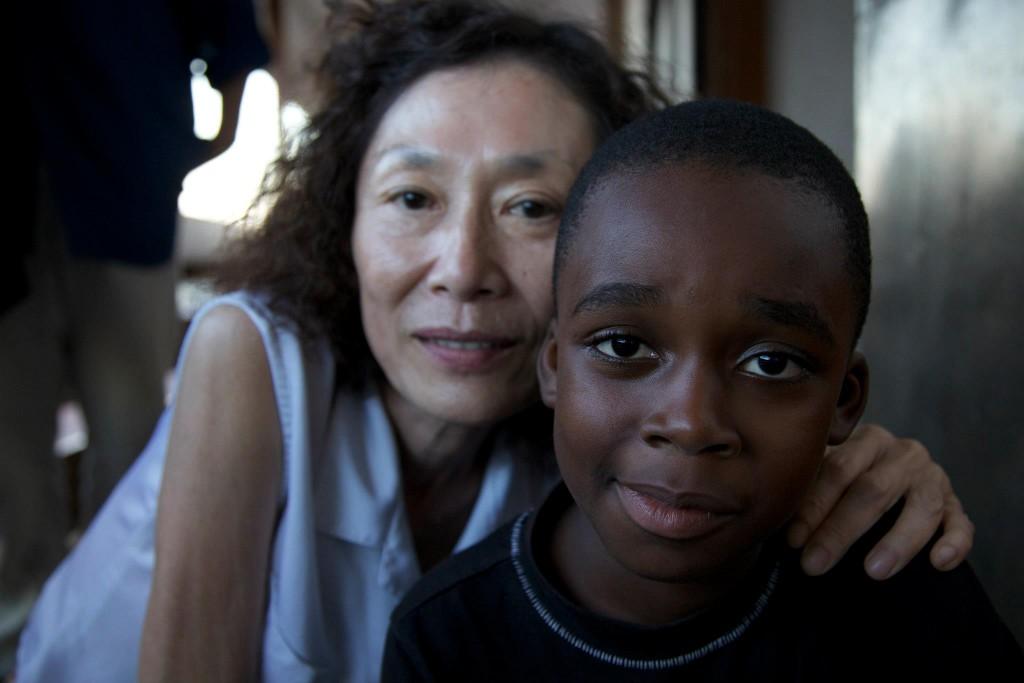NEW YORK—In the West, Chinese characters are often seen as mysterious. Learning to write them is both mastery, and a means of connecting to Chinese culture.
In order to unlock some of the mystery, New Yorkers can now partake in the first New York Chinese Character Festival, sponsored by New York University (NYU) and ChineseCubes (USA) Inc.
The festival was conceived by Taiwanese-born publisher Rex How, who, after a lifelong love for the language, decided to dedicate himself to initiatives that promote learning it. Rex How is also the founder of ChineseCubes.
Jesse Poe, president of ChineseCubes North America, said there’s more than just pure beauty to the language.
“It teaches you pattern recognition, which helps in your ability to concentrate, see patterns, and be able to problem solve more quickly,” Poe said.
For Poe, the language requires inventiveness when it comes to deciphering what the different combinations of characters could mean.
ChineseCubes is an interactive Chinese language learning program, which combines physical cubes representing 200 basic Chinese characters, and a computer application that teaches beginners Chinese.
Poe said that although there’s a notion that Chinese language can only benefit a person when traveling or when trying to close a business deal, the demand for Chinese language learning is increasing twofold each year.
Spotting Chinese Characters
The Chinese Character Festival began on Oct. 6, with an official launch at the NYU Kimmel Center, and will run until Nov. 3.
Participants are invited to partake in four distinct contests by posting photos on social media, such as Facebook, Twitter, and Google Plus.
The first contest—Best Chinese Calligraphy Photo, requires taking a photo of written Chinese characters. The second contest—Best Chinese Character T-shirt Design, requires taking a photo or digitally designing a T-shirt logo that includes Chinese Characters. The third contest—Best Chinese Character Tattoo Photo, requires taking a photo of a tattoo design that includes Chinese characters.
The fourth contest is different from the other three as it involves discovering Chinese cultural landmarks and learning about some of the oldest Chinese relics in New York City.





